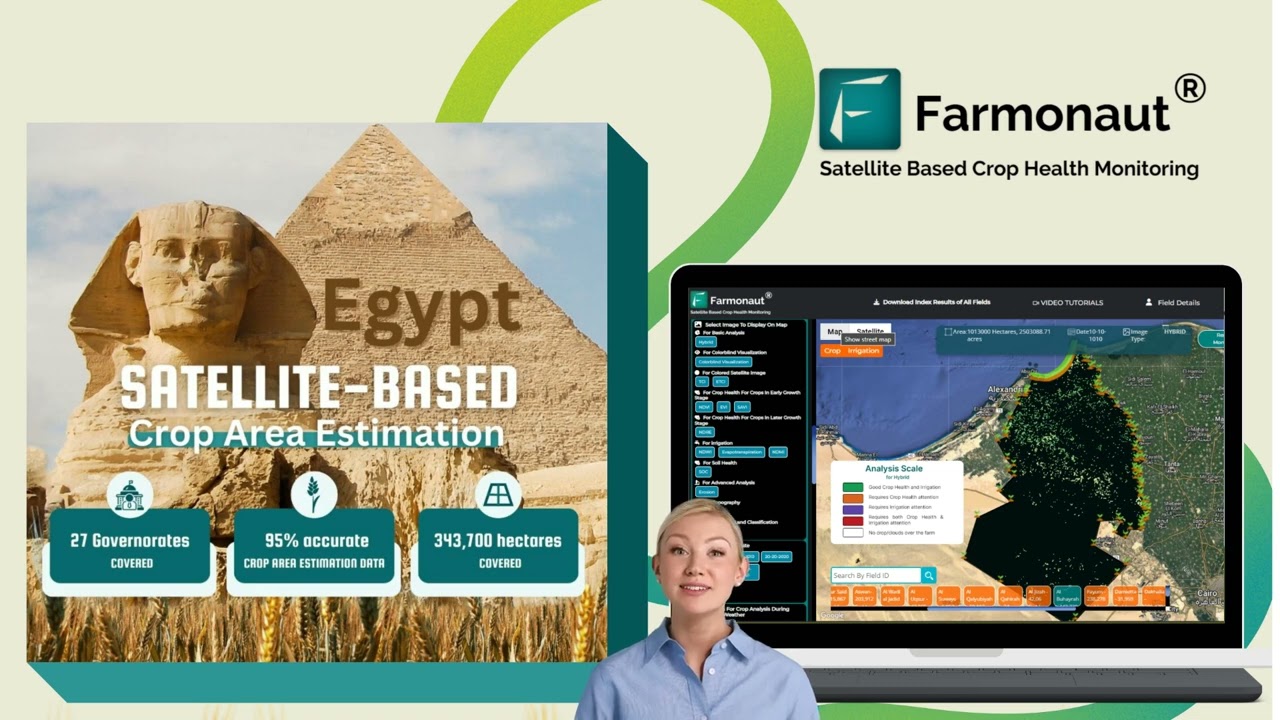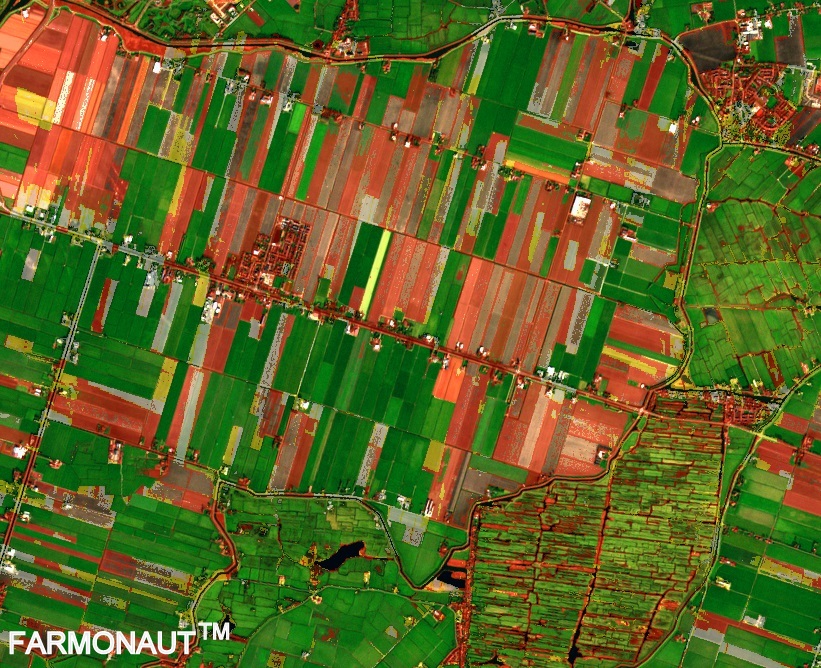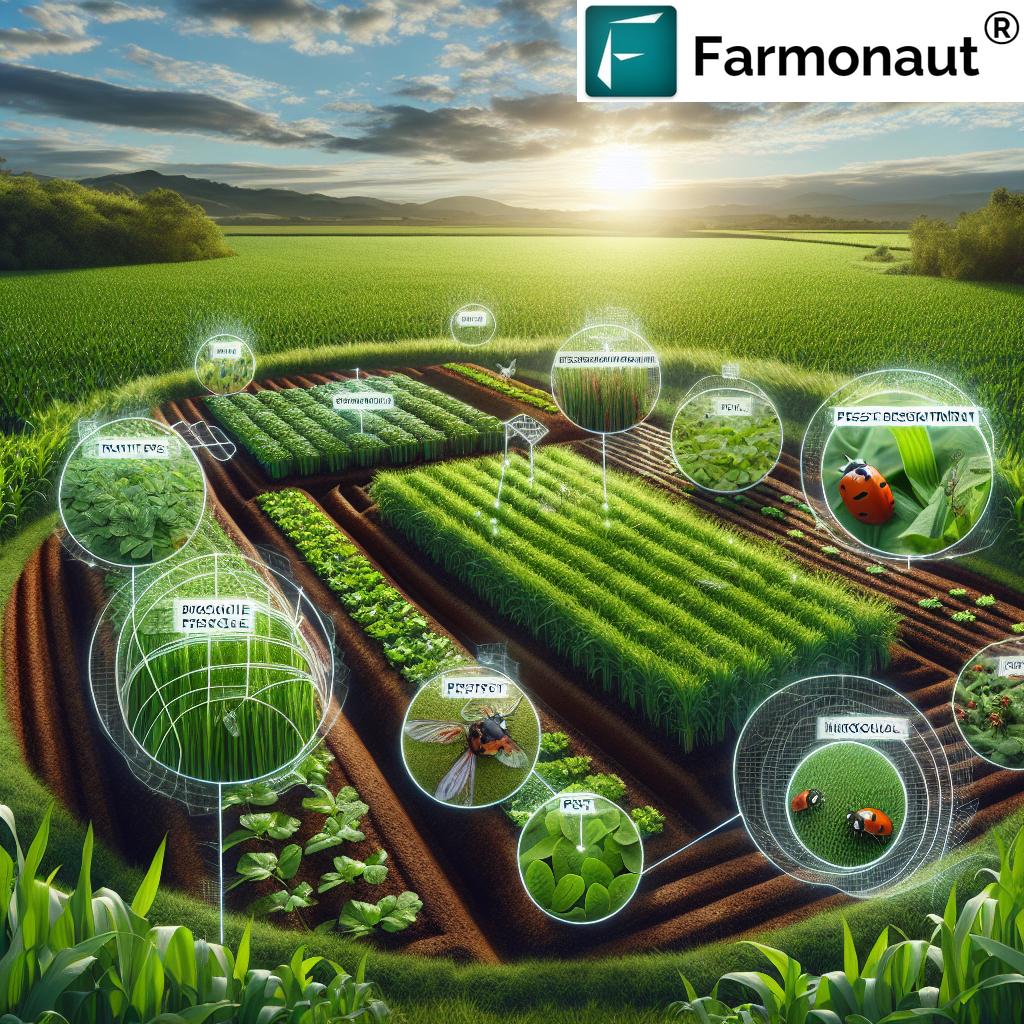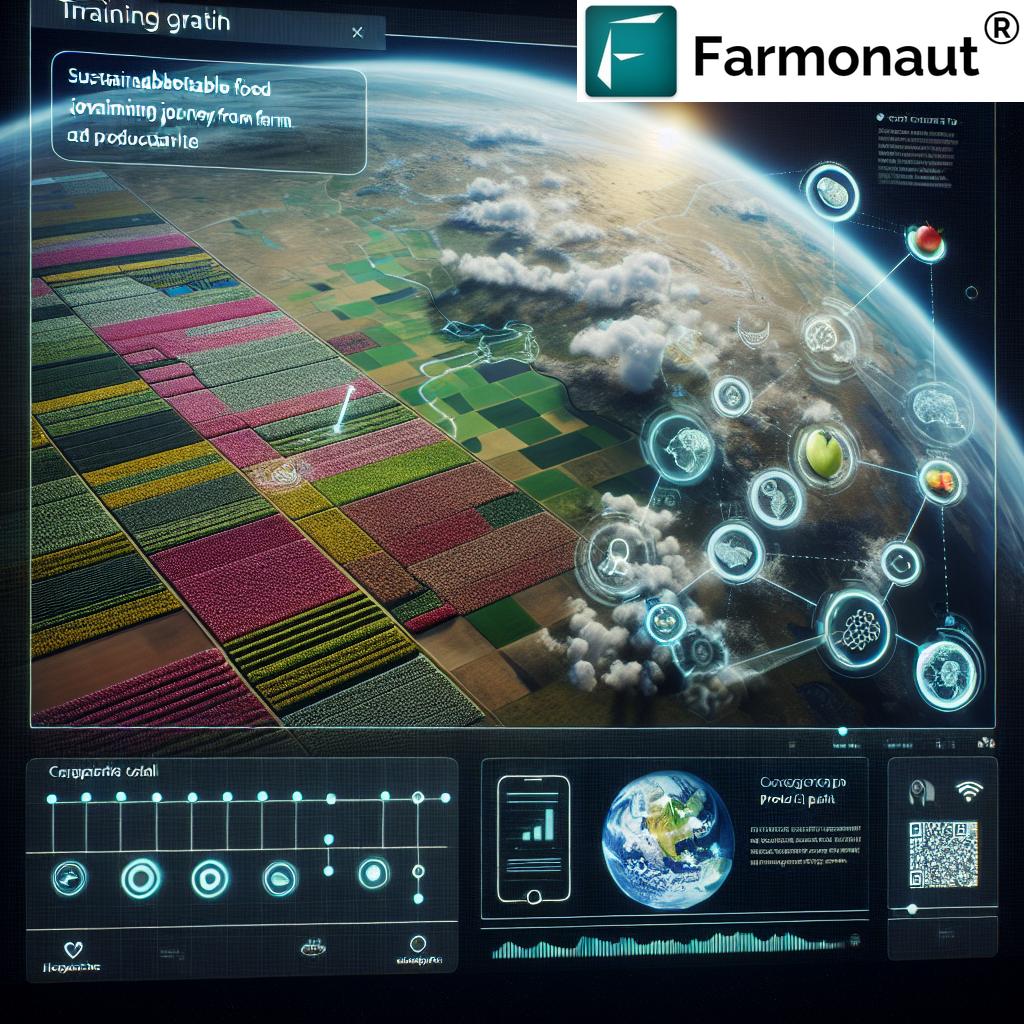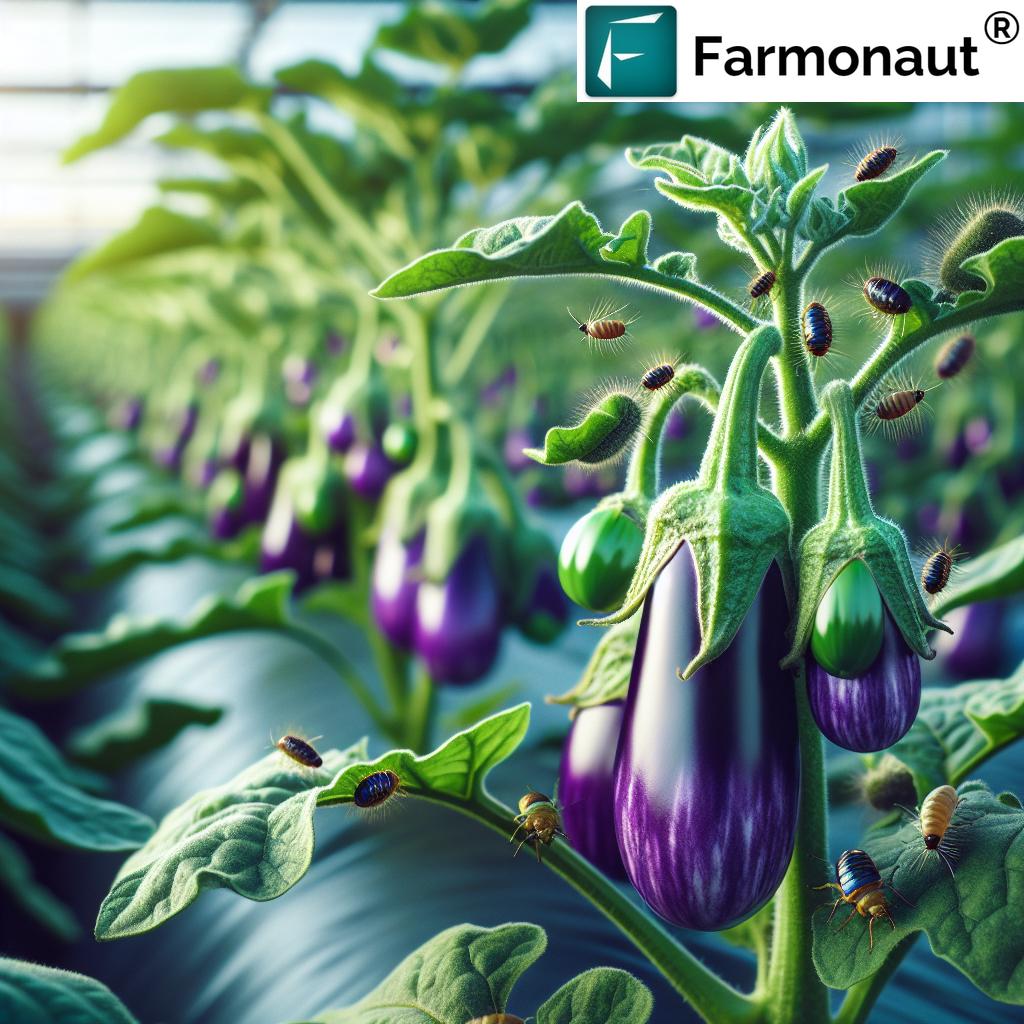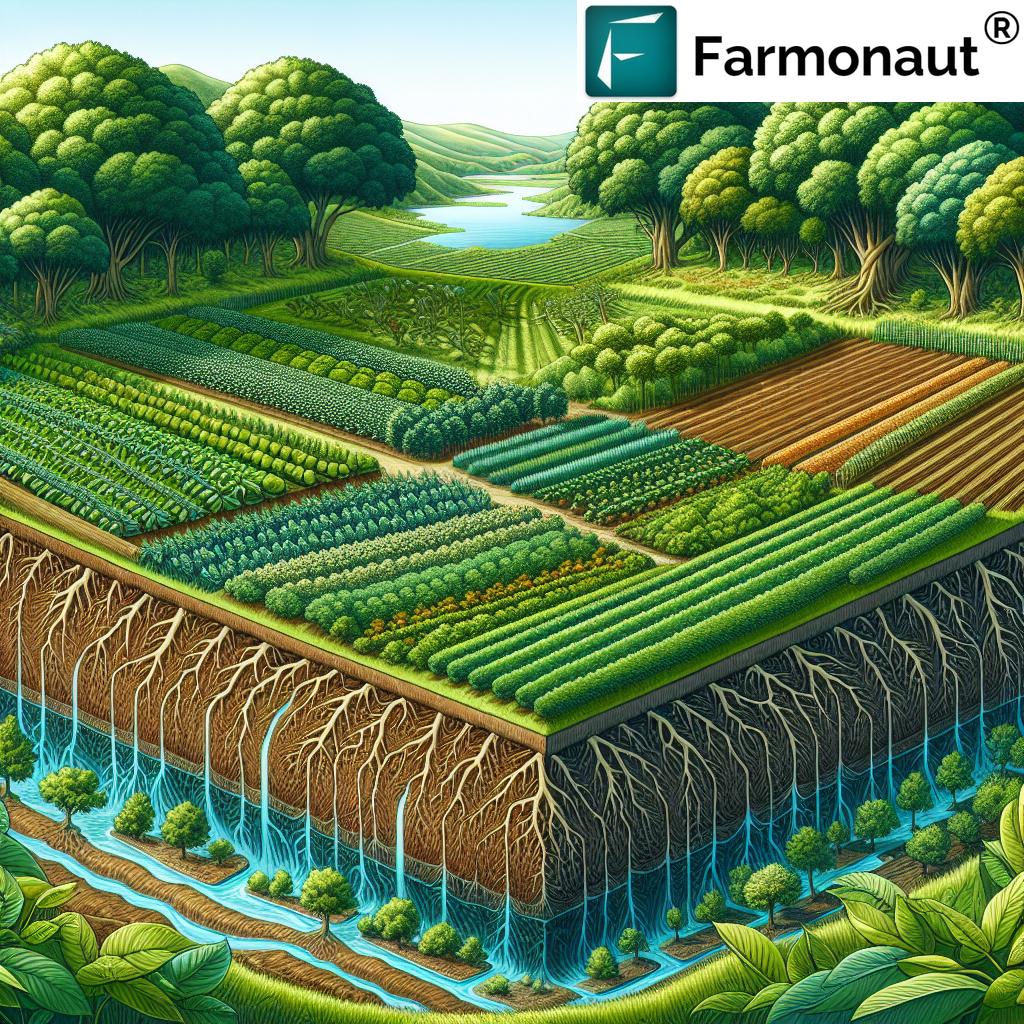2025 Fertilizer Prices: Drivers, Impact & Solutions
Meta Description: Fertilizer prices 2025 reveal volatility driven by trade policies, geopolitical events, and supply disruptions. Explore factors influencing fertilizer costs, impacts on agriculture, and emerging solutions.
“Global fertilizer prices are projected to fluctuate by up to 15% in 2025 due to supply chain disruptions.”
Fertilizer Prices 2025: Trends and Industry Overview
The fertilizer market outlook 2025 remains one of heightened scrutiny and growing anxiety for stakeholders across agriculture, farming, and forestry sectors. Our analysis indicates that fertilizer prices in 2025 have experienced volatility unseen in recent years—impacted by external forces including trade policies, supply chain disruptions in agriculture, and geopolitical events such as ongoing unrest in Ukraine. For both producers and end-users, the ability to track and respond to these shifts is crucial for economic sustainability.
Fertilizer prices 2025 have emphasized the depth of dependency on complex international networks and the sensitivity of agricultural economies to disruptions. In this article, we explore all critical facets—the drivers behind price changes, the impact on farmers, practical solutions, and the transformative role that precision agritech and alternative fertilization methods play in tackling agricultural input cost challenges.
Whether you are a farmer managing razor-thin margins, a policymaker navigating regulatory shifts, or an agribusiness decision-maker, our guide distills actionable insights and up-to-date research so you can make informed choices in an unpredictable market.
Key Factors Influencing Fertilizer Costs in 2025
Understanding the factors influencing fertilizer costs is essential for any strategy to mitigate the impact of rising fertilizer prices. In 2025, four primary drivers are reshaping the economics of fertilizer:
- Trade Policies and Tariffs: The U.S. administration’s 25% tariff on Canadian imports including fertilizers at the start of the year triggered an immediate shockwave through North American supply chains. While some fertilizers received temporary reprieves, the uncertainty caused price increases—for instance, potash rose from $303 to $348 per short ton between January and February 2025 (source).
- Geopolitical Events: The war in Ukraine and resulting sanctions have limited availability of key fertilizer components on a global scale, making fertilizer supplies more scarce and prices more volatile.
- Supply Chain Disruptions: Natural disasters like hurricanes in Florida disrupted both production facilities (notably phosphate) and distribution, further impacting market stability.
- Increased Production Costs: The rise in costs of raw materials (sulfur, phosphoric acid) and energy inputs has meant that manufacturers are passing their expense on to farmers. This “cost-push inflation” further drives up retail fertilizer prices (source).
These combined events have made fertilizer costs in 2025 difficult to forecast and have forced agriculture professionals to focus on resilience, efficiency, and adaptability.
Comparative Table: Fertilizer Price Trends & Influencing Factors in 2025
| Fertilizer Type | Estimated Avg. Price (2025) | Price Change vs. 2024 (%) | Major Cost Drivers | Potential Alternatives |
|---|---|---|---|---|
| Urea (N) | $522/ton | +11% | Energy costs, global demand, natural gas prices, trade restrictions | Organic compost, precision micro-dosing |
| DAP (Phosphate) | $652/ton | +13% | Phosphoric acid price, supply chain, hurricanes in Florida | Rock phosphate, manure-based fertilizers |
| Potash (K) | $348/short ton | +15% | Canadian tariffs, Russian sanctions, transportation | Wood ash, biosolids, biological K solubilizers |
| Complex Blends | $612/ton | +12% | Input prices, blend composition, global demand | Integrated Nutrient Mgmt., microbial inoculants |
| Ammonium Sulphate | $318/ton | +9% | Sulfur price, supply disruptions, refining costs | Gypsum, sulfur-oxidizing bacteria |
Impact of Rising Fertilizer Prices on Agriculture, Farming, and Forestry Sectors
The impact of rising fertilizer prices is profound, reshaping core aspects of food and fiber production. The effects are being felt in farm economics, planting practices, and the long-term health of agricultural and forestry ecosystems.
Key Economic Impacts
- Economic Strain on Farmers: According to the U.S. Department of Agriculture, fertilizer accounted for 22% of total corn production costs in 2024. In 2025, price hikes have compressed farm profit margins—particularly hitting smallholders and those in input-intensive cropping systems (source).
- Shifting Planting Decisions: Growers are altering crop rotations, switching to less input-demanding crops, or even fallowing land to manage risk and cost. These strategies can affect national food security and cash flow cycles.
- Forestry Operations: Fertilizer costs are significantly impacting reforestation, afforestation, and timber stand improvements—leading to delayed planting and potential shortfalls in timber supply.
Input Cost Challenges and Practice Adjustments
- Reduced fertilizer application rates to trim input expenses, risking nutrient deficits and yield penalties.
- Increased focus on strategic nutrient timing and split applications to boost nutrient use efficiency.
- Adoption of soil health programs that lessen dependence on synthetic fertilizers and improve agricultural system resilience.
Environmental and Supply Chain Effects
- Inputs are arriving late or in insufficient volume due to supply chain disruptions in agriculture—making precision application and flexible nutrient sourcing essential for 2025.
- Regions most affected by trade wars and disasters—such as Florida‘s phosphate industry—are seeing ripple effects across downstream supply networks.
To learn more about managing rising input costs and field resource optimization, explore how advanced fleet management solutions from Farmonaut can help optimize farm equipment, save fuel, and reduce operational expenditure.
“Over 30% of farmers are expected to adopt alternative fertilization methods in response to 2025 price volatility.”
Alternative Fertilization Methods & Reducing Dependence on Synthetic Fertilizers
Alternative fertilization methods have seen a surge in adoption as farmers seek to reduce dependence on synthetic fertilizers in response to fertilizer prices 2025 volatility. New practices enhance soil health and sustain yields with lower input costs.
Key Alternative Approaches
- Biological Fertilizers & Microbial Inoculants: Leveraging soil microbes to enhance nutrient cycling, reduce synthetic fertilizer demand, and improve root health. Early studies and on-farm trials report up to 15% reduction in synthetic input costs within three years (source).
- Organic Fertilizers & Compost: Integrated cropping with organic manures, composts, and green manures supports both soil organic carbon and long-term fertility.
- Cover Crop Adoption: Strategic winter and off-season cover cropping alleviates nitrogen demand, limits erosion, and assists in weed management.
-
Precision Nutrient Application: Tools that calculate zone-specific rates minimze waste and optimize returns, even in seasons of input shortages.
Learn more about large-scale farm management and resource optimization through Farmonaut’s satellite-based precision technology.
Technology-Driven Nutrient Monitoring and Soil Health
-
Real-time remote sensing and app-based tools allow accurate nutrient status checks, precise timing of applications, and data-driven decision-making—elevating efficiency amidst supply or price constraints.
Our carbon footprint tracking system can further help track and reduce emissions related to fertilizer application, supporting sustainability goals. -
Blockchain-based product traceability ensures fertilizer origin transparency and authenticates inputs throughout the agricultural supply chain. This increases trust for both producers and consumers. Learn more about our
product traceability solutions.
Government Initiatives for Fertilizer Production & Industry Response
To address fertilizer price increases and secure long-term domestic supply, governments are implementing strong initiatives and investment programs.
USDA Fertilizer Production Expansion Program (FPEP)
- The US Department of Agriculture (USDA) invested over $116 million via the Fertilizer Production Expansion Program (FPEP) to expand domestic production, introduce new capacity, and foster competition. The aim is to reduce dependency on international sources (source).
- By supporting smaller producers and innovation, this program is expected to cushion farmers from import-driven uncertainties and lower fertilizer prices over time.
Cost-Share Programs and R&D Investment
- NRCS Cover Crop and Composting Grants: Expansion of cost-sharing programs for cover crops, compost operations, and precision nutrient application equipment encourages a shift towards sustainable fertilization methods.
- Investments in Research and Development: National and regional R&D initiatives bring together government, university, and industry expertise to accelerate the development of next-generation fertilizers and scalable alternatives. These efforts also target the development of climate-smart, environmentally safe fertilization products.
For government or institutional agencies managing large-scale farm, crop plantation, or forest advisory initiatives, our technology platform can enable satellite-based monitoring, resource management, and transparent reporting across extensive operations.
API & Developer Access
Integrate satellite-based farm data and weather intelligence into your systems through our API suite and detailed developer documentation.
Fertilizer Market Outlook 2025 & Future Considerations
The fertilizer prices 2025 landscape remains highly dynamic, with ongoing volatility. Our research shows persistent risk tied to:
- Continuing Geopolitical Instability: The war in Ukraine and related disruptions will likely continue to limit global fertilizer trade and raise costs.
- Trade Policy Evolution: Shifts in tariffs and bilateral agreements may reshape pricing and access, especially for North American grain and specialty crop growers.
- Domestic Production: While government initiatives for fertilizer production (e.g., FPEP) are promising, self-sufficiency will require time. Shortage risk may persist for months or years.
- Accelerated Adoption of Alternatives: The percentage of farmers exploring alternative fertilization methods is set to rise, hastening the transition toward sustainable, lower-input cropping models.
Measures to Mitigate Fluctuations
- Wider Access to Real-Time Farm Intelligence: Emerging technologies deliver timely data for optimizing input use and managing supply chain disruptions.
- Strategic Procurement and Stockpiling: Many organizations are coordinating large-volume purchases and inventory “hedges” to mitigate price spikes or disruptions.
- Precision Application Technologies: Adoption of technology-driven, zone-based fertilization is maximizing every unit of input while reducing environmental impact.
If you’re managing multi-farm operations or seeking to verify and optimize eligible land for crop loan and insurance programs, visit our Crop Loan and Insurance Solutions page to see how satellite verification can streamline your process and reduce fraud.
Farmonaut: Empowering Precision Agriculture amid 2025 Fertilizer Challenges
As a leader in satellite-based agricultural technology, we at Farmonaut are committed to making precision agriculture affordable and accessible worldwide, especially in times of sector volatility such as fertilizer prices 2025. Our platform empowers farmers, agribusinesses, and institutions to leverage real-time data for input optimization, resource saving, and evidence-based strategic decisions—helping mitigate the difficulties posed by cost fluctuations.
- Satellite-Based Crop Health Monitoring: Our tools employ NDVI and other spectral indices, so farmers can detect nutrient stress, identify potential deficiencies, and fine-tune fertilization schedules for optimal soil health and yield.
- AI-Driven Advisory: Jeevn AI provides real-time, weather-aware, crop-specific guidance, helping users target input investments and reduce waste.
- Blockchain Product Traceability: We enable traceability from input supply chain to end-market, authenticating fertilizer sources and reducing risks of counterfeit products.
- Resource Management & Carbon Tracking: Our carbon footprinting suite provides data-driven insights to help businesses comply with sustainability targets and minimize input-related emissions.
- Flexible, Scalable Delivery: Our solutions are modular, affordable, and accessible via Web & Mobile Apps, with optional API and developer integration for enterprise needs.
Discover how our technology can redefine your approach—visit the Farmonaut app or explore our
crop & forest advisory capabilities
for more details.
FAQ: 2025 Fertilizer Prices, Impacts & Solutions
What are the main factors influencing fertilizer costs in 2025?
The key factors are international trade policies, geopolitical events—like the war in Ukraine, supply chain disruptions from natural disasters, and increased raw material costs. Tariffs on Canadian imports and global shortages of essential components also play major roles.
How do fertilizer price fluctuations impact agriculture and forestry?
High and volatile fertilizer prices put economic strain on farmers and foresters, may lead to reduced input use or shifts in cropping, and can delay reforestation or timber operations, affecting the long-term supply and health of ecosystems.
What government initiatives are in place to stabilize fertilizer markets?
The USDA’s Fertilizer Production Expansion Program (FPEP) is expanding domestic production, fostering competition, and incentivizing innovation. There are also expanded cost-share programs for alternative fertilization and increased R&D for new fertilizers.
How can technology help mitigate rising fertilizer prices for farmers?
Technology—particularly satellite-based monitoring, AI-driven advice, and precision nutrient application—help maximize input efficiency. Such data-driven strategies can reduce fertilizer wastage, enhance crop yields, and support the adoption of alternative fertilization methods.
Which alternative fertilization methods are gaining adoption in 2025?
Biological fertilizers, microbial inoculants, organic composts, and wider use of cover crops are increasingly adopted. Precision nutrient management using satellite and AI-based tools is also rapidly growing, ensuring reduced dependence on synthetic fertilizers.
Conclusion
Fertilizer prices 2025 have presented a unique set of challenges for the agricultural and forestry sectors worldwide—affecting farm economics, cropping patterns, and supply chain security. By understanding the factors influencing fertilizer costs, embracing both government initiatives and technology-driven solutions, and exploring alternative fertilization methods, the industry is making positive strides to mitigate volatility and secure a more resilient food and fiber system.
If you are seeking advanced, affordable solutions to manage these challenges, we at Farmonaut invite you to try our real-time satellite-based solutions via Web, Android, or iOS, or integrate our data into your enterprise via API access. Join the new era of precision agriculture—equipped to succeed despite any market uncertainty.









